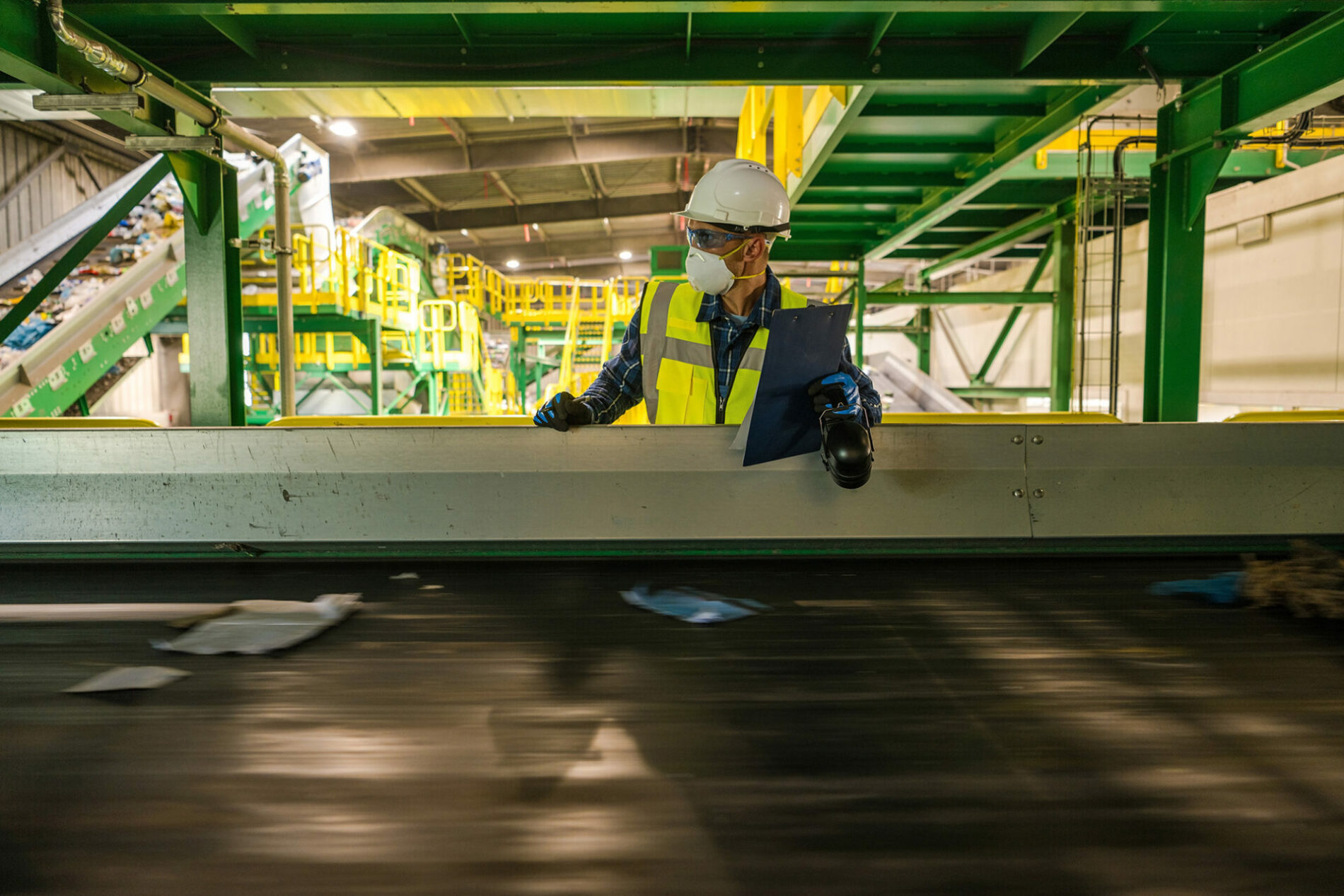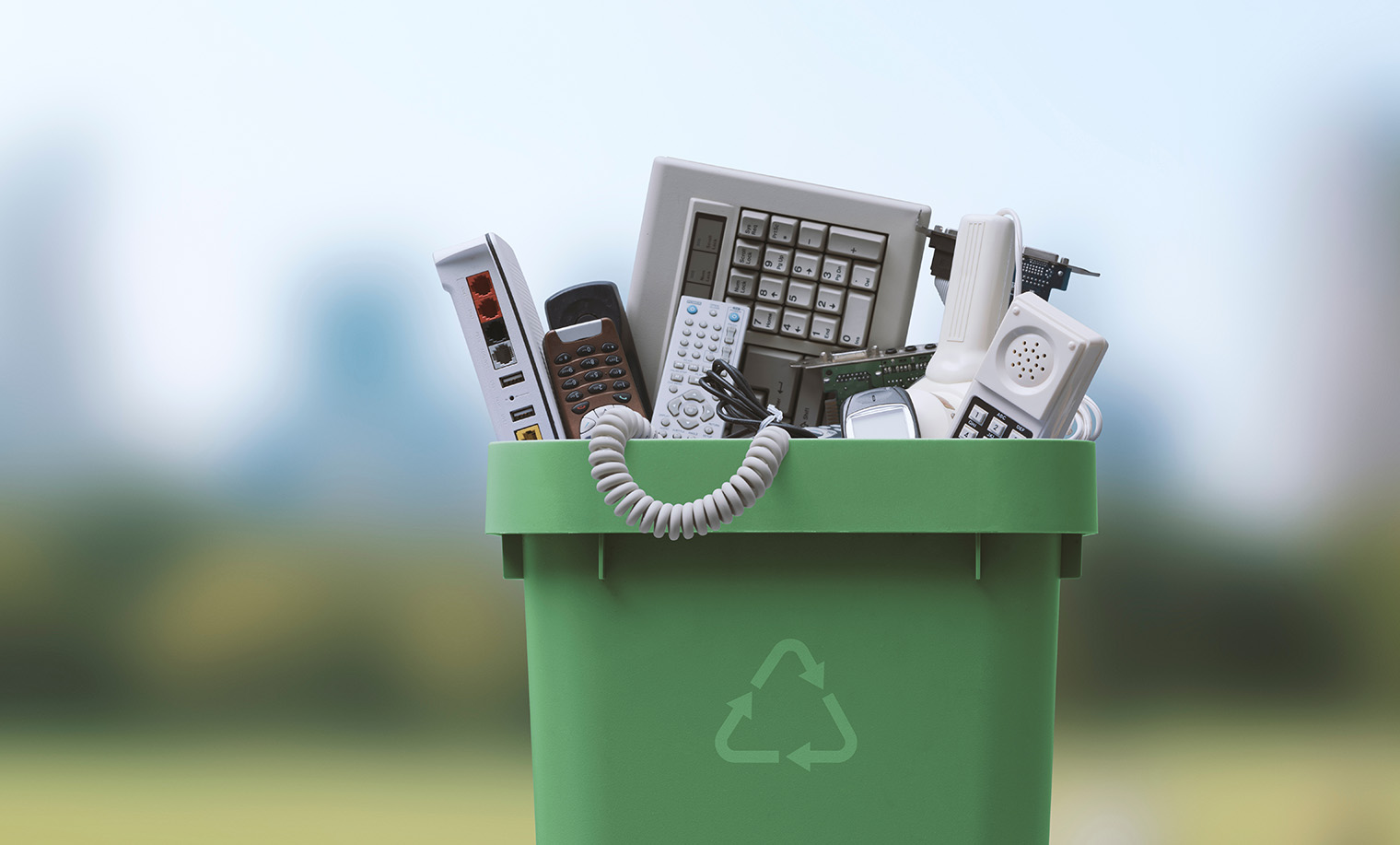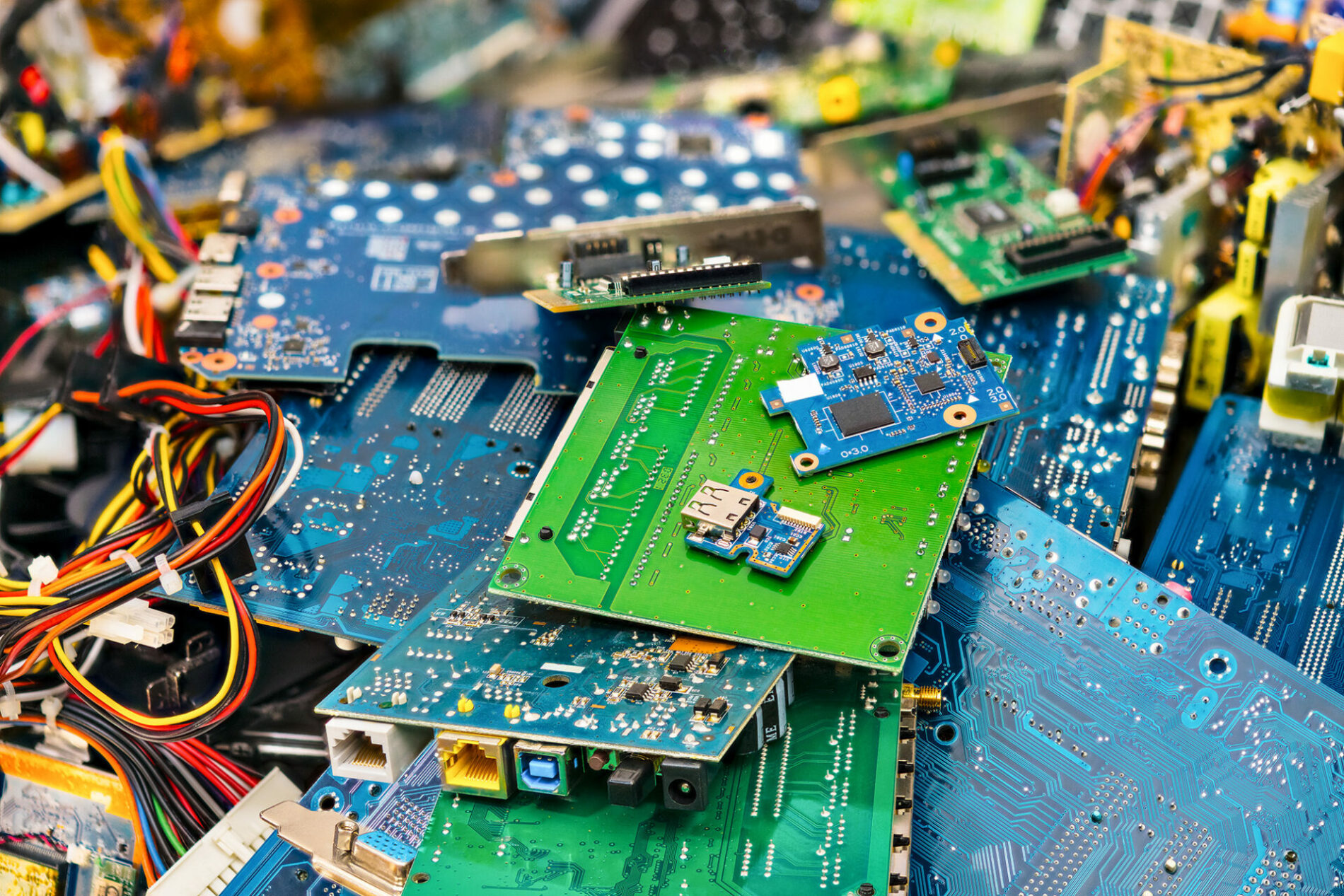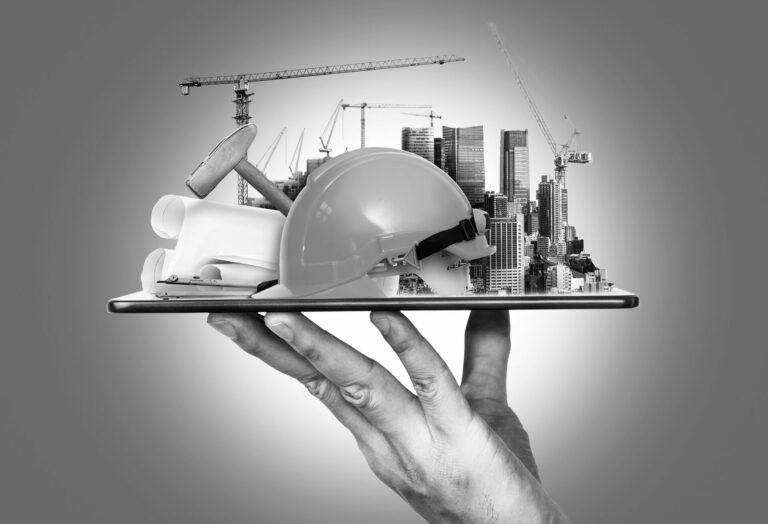The issue of waste has long been a difficult one for humans to tackle. Our lives have been cultured and constructed in such a way that we consume vast amounts of products, creating enormous amounts of waste from every part of their production and usage processes. According to a recent study carried out by the UN Environment Program (UNEP), municipal solid waste is predicted to grow from 2.1 billion tons in 2023 to 3.8 billion tons by 2050. While that in itself is a shocking statistic, the report goes even further. It suggests that the financial and social costs of this rise are equally tragic. “In 2020, the global direct cost of waste management was an estimated USD 252 billion. When factoring in the hidden costs of pollution, poor health and climate change from poor waste disposal practices, the cost rises to USD 361 billion. Without urgent action on waste management, by 2050 this global annual cost could almost double to a staggering USD 640.3 billion.”
Electronic waste has been an ever-growing challenge for a number of years. As electronics become obsolete at a faster rate than ever before, much of what is produced and consumed becomes useless almost immediately. In fact, according to the World Health Organisation, e-waste is the fastest growing solid waste stream in the world with hundreds of thousands of tons ending up in landfills each year. The United Nations Institute for Training and Research (UNITAR) is responsible for monitoring global e-waste and, similarly, the numbers do not make for positive reading. A record 62 million tons of e-waste was produced globally in 2022. This is an increase of 82% since 2010 and is set to rise even further over the next few years.
So, where do we go from here? Thankfully, there are still options. UNEP outlines the need, and benefits, of a circular economy where savings can be made to both our ecology and our finances. “Projections show that a circular economy model, where waste generation and economic growth are decoupled by adopting waste avoidance, sustainable business practices, and full waste management, could in fact lead to a full net gain of USD 108.5 billion per year.”
Again, e-waste has always remained an outlier in this regard. Given the nature of its production and usage, a circular economy in this sector has proved ineffective. What little reuse value is gathered in unsustainable ways. Circuit boards are generally melted in third world countries to extract the small amounts of valuable minerals. This process is often dangerous and produces toxins and other air pollutants. However, there is a very real need to get a handle on these products. Printed circuit boards (PCBs) are a ubiquitous element of electronics and make up an enormous part of e-waste. One reason why their recycling potential is minimal is down to the irreversibly cured thermoset epoxies used during their manufacturing. According to mechanical engineer Aniruddh Vashisth, these processes pose significant environmental hazards. “E-waste contains a complex toxic mixture of various metals, silicon integrated circuits (ICs), glass fibers, thermoset polymers, flame retardants, and more, which can pollute the air, soil, and water posing significant hazards for the surrounding communities. With over 53.6 million metric tons (Mt) generated in 2019 alone, e-waste is one of the fastest-growing waste streams globally and a matter of global concern.” However, Vashisth and a team at the University of Washington may have discovered a solution. The team has designed a novel way of reusing these boards, replacing the epoxy in PCBs with a type of plastic called a vitrimer. “Vitrimers flow and form new, strong chemical bonds when they are heated past a certain temperature,” he says, “allowing them to be recycled over and over, unlike the plastic in water bottles that degrade with each recycling cycle.”
“The key to this potential success is that, unlike previous attempts to recycle these materials, this process can be done while retaining the integrity of the products, meaning there is little or no loss of quality.”
The key to this potential success is that, unlike previous attempts to recycle these materials, this process can be done while retaining the integrity of the products, meaning there is little or no loss of quality. Even more impressively is the manner in which this process occurs. In order to separate the PCB fibers, the board is dipped in a solvent and heated to a mild temperature. The vitrimer then softens and swells which allows the materials to be separated and reused. Essentially, these become dissolvable circuit boards. “Unlike traditional solvolysis recycling, this swelling process does not degrade the materials. Through dynamic mechanical analysis, we find negligible catalyst loss, minimal changes in storage modulus and equivalent polymer backbone composition across multiple recycling cycles. This recycling process achieves 98% polymer recovery, 100% fiber recovery and 91% solvent recovery to create new vPCBs without performance degradation. Overall, this work paves the way for sustainability transitions in the electronics industry.”

One element that repeatedly trips up ventures such as this is cost. Potentially game-changing innovation can come unstuck through a lack of viability. This process, however, seems to be consistent with traditional recycling methods. “We use off-the-shelf chemicals that are produced at industrial scale, and the processing steps here are largely the same as industrially produced materials like epoxy, suggesting it has potential to be cost competitive in larger volumes.”
The future of electronic waste, how we manage the electronics we consume, and what we do with these items when they have reached their end-of-life is one of the greatest waste management challenges we face. Innovations such as dissolvable PCBs are revolutionary and may offer pathways to future successes, but the fact remains that individuals and governments can also raise their game. UNEP’s International Environmental Technology Centre (IETC) works towards supporting individuals and communities with operating a more sustainable approach when it comes to electronics. IETC is actively involved in reporting, advisory services, and creating international support networks to facilitate these initiatives. It says that the onus does not fall on any one cohort; rather, it needs to be a collective operation. “As consumers, we can extend the life of our electronic devices by repairing and recycling them whenever possible. Producers should prioritize designing products for durability, ease of repair, and recyclability. Several initiatives exist where producers collect discarded electronic equipment and reuse the materials. Governments must support such endeavors to reduce E-waste and safeguard informal workers from hazardous waste risks.”




















